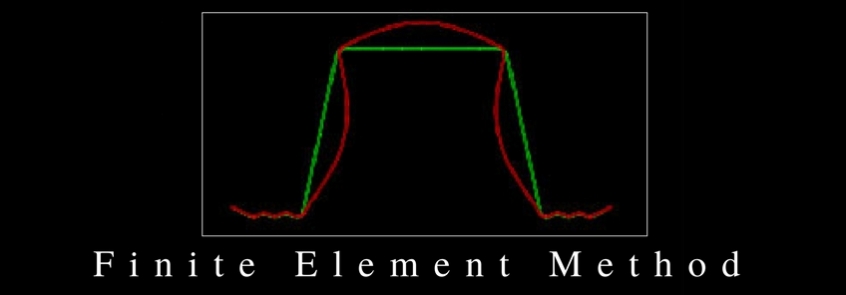-

Defining The Types Of Finite Element Method
By Milton Fernandes 26 Apr 2018Traditionally, the technology of Finite Element Method has demonstrated a lot of shortcomings while solving the modelling problems that are related to fluid mechanics and wave propagation. However, in the recent days some improvements have been made to make the process flawless and extend the relevancy of finite element analysis to a wide range of applications. However, to achieve the best process of Finite Element Method hire reputed and certified structural engineers in Brisbane. These include:Extended Finite Element Method (XFEM) :This process requires continuous displacement across the elements. However, there are some problems which cannot be handled through finite element method. These are: fracture, contact, and damaging discontinuities with jumps. To overcome this problem XFEM is a great process. It was introduced in the year of 1990 with the expansion of shape and step functions. The nodes get extra freedom around the point of discontinuity to deal with the jumps.General Finite Element Method (GFEM) :General Finite Element Methods is also known as GFEM. It was introduced around the same time like XFEM. The traditional FEM and meshless methods are combined along with features of GEFM. The functions of shape are generally defined with the help of global coordinates which is further multiplied by partition-of-unity. This is done to create a local elemental shape function. With the help of this process you can prevent re-meshing around the point of singularities.Mixed Finite Element Method :In problems like incompressibility or contact, constraints are usually foisted with the help of Lagrange multipliers. These multipliers give birth to extra freedom that can be solved independently. The process can be solved uniquely with a coupled system of equations.hp-Finite Element Method :It is a combination of automatic mesh refinement which is referred as (h-refinement) with an increase in polynomial order, referred as (p-refinement). The process is not as same as h- and p- refinements which is done separately. In the process the element is divided into smaller sub-elements so that each of them can have different polynomial orders.Discontinuous Galerkin Finite Element Method (DG-FEM) :DG-FEM is another process of Finite Element Analysis which has shown significant improvement while utilising the idea of finite elements to fathom hyperbolic equations. This process can be helpful in areas where traditional methods of FEM have gone weak. Moreover, it has also shown improvements when it comes to bending and incompressible problems.It is not possible for you to determine the type of Finite Element Method required for the inspection of the material. Therefore, it's good to consult with a certified engineering consultant and figure outthe deficiencies of a structure or material.To know more about Finite Element Method stay tuned to our blog page.
0 Comment
Leave a Comment
Your email address will not be published. Required fields are marked *






